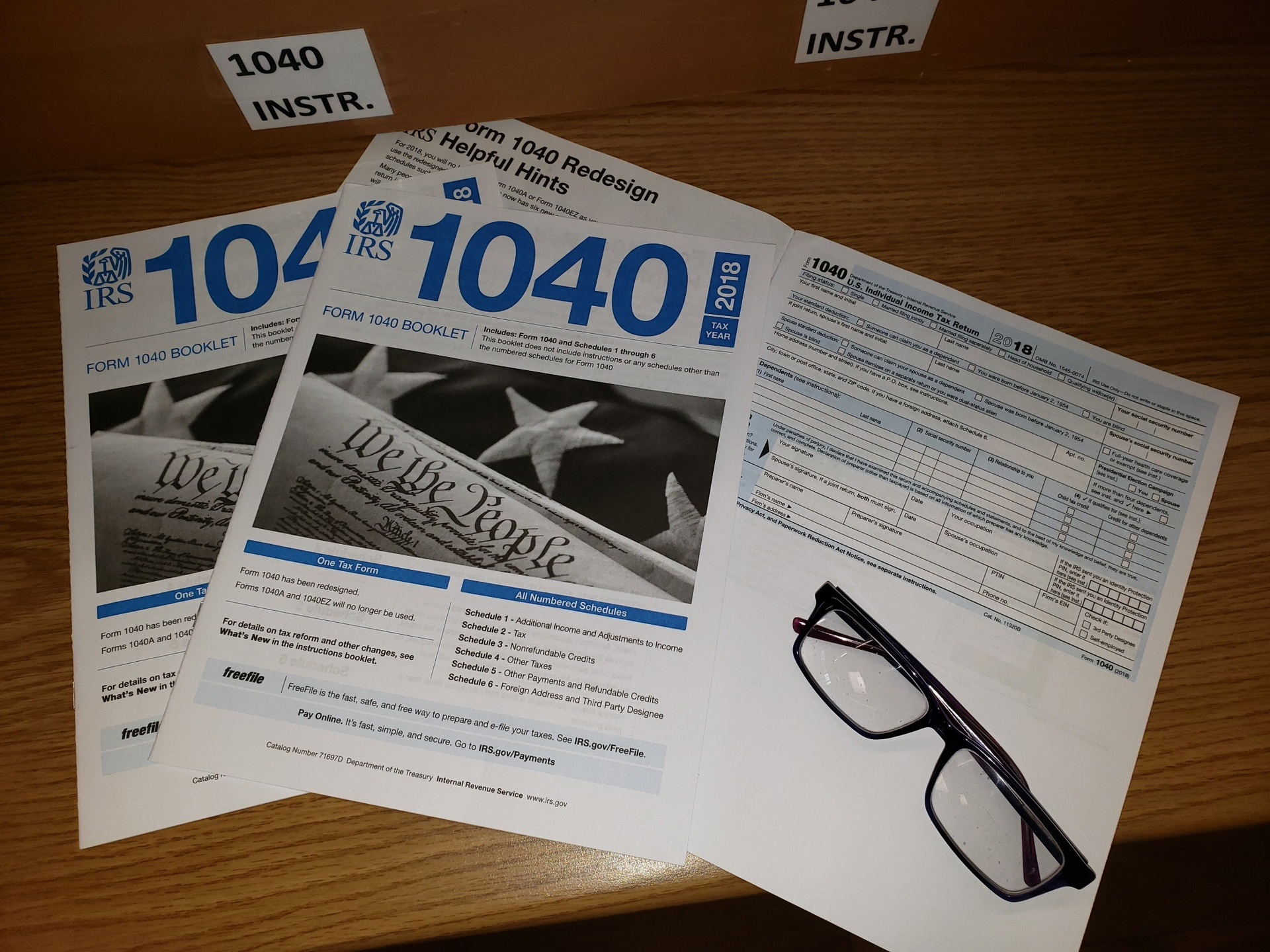Trade shows remain a viable marketing option for accounting firms, yet many practitioners still don’t see the value. The fact is that if the appropriate level of planning is applied, trades shows can prove exceptionally successful in terms of lead generation and networking. Firms must first think through such items as budget, the right shows to attend, and materials (booth, kiosk, giveaways, marketing collateral, etc.). When all the pieces come together, attending a show can prove highly valuable.
Preparing to attend an exhibition doesn’t have to be overwhelming either…even if you’ve never done it before. While it’s true that there are many elements that need to come together, when you have a well structured plan in place, you can cut down on the chaos considerably—and ultimately enjoy your time networking and capturing qualified leads.
So then, if planning is the key, it’s best to start with a checklist. The following list of must-do activities offers a good starting point to getting you prepared for trade show season.
- Research and select the right shows to attend. There are lots of small business shows, but not all of them are going to be right for you. You have to first identify your firm’s needs. For example, does your firm specialize in any niches (e.g., veterinarians or restaurants)? If so, you will want to identify industry-specific events. Also be sure to check into such details as past attendance counts, cost to exhibit, and even keynote speakers—anything to help you qualify a given trade show.
- Consider your budget. Budget isn’t merely about booking space at an event. Before you start, work out how much you want to spend or can afford. This calculation should be mainly based on what sales and marketing budget you have available. Failure to work from a budget ensures that you will spend more than you like.
- List out your objectives. Without a clear list of objectives, you can’t begin to measure your success. Ask yourself, “What is the purpose of attending this event?” For example, is it to make sales, generate qualified leads, promote your business, or launch a new service or brand? These are all are valid reasons for exhibiting, so make sure you know which one is yours and plan accordingly.
- Build your marketing collateral arsenal. It is essential to have the right stock of marketing materials when you exhibit. These are the pieces that you hand out to visitors to your booth…the materials that explain who you are, what you do, and the value you offer. Think through the collateral you will need. For example, if you are exhibiting at an industry-specific event, have your niche materials on hand in addition to your firm’s brochure, giveaway items, and any other fulfillment pieces. Also make sure that your marketing materials are consistently branded and look highly professional. Don’t be afraid to work with a marketing professional to create these much-needed pieces.
- Bring the right staff to “sell” your firm. Think through who are the best employees to bring to the show. You’ll want those staffers who are not afraid to market your services and can easily articulate what it is you do (and how well you do it). Also consider the fundamentals such as proper attire, general behavior while in the booth, and attitude toward attendees. Everyone should be clear on what is expected of them and your goals for the event. A well-gelled and knowledgeable team is your best sales and marketing tool.
- Capture leads. Capturing leads is often an afterthought, until you actually get to a show and realize that you have no structured way to record and organize information. It’s a good idea to use what’s known as a “lead sheet”—a piece that allows you to easily document attendee contact information. Using a lead sheet means that everyone in your booth is capturing information the same way, which will make review of data much easier. Prior to the show, think through the information you need to collect in order to qualify a lead. You can include: contact name, phone number, email, business name, business size, annual revenue, and a notes section. The key here is to customized your lead sheet to meet your needs.
- Launch a post-show campaign. It’s your responsibility to stay front of mind with your new list of leads, so be sure to develop a post-event email or print campaign to touch base with attendees and remind them about your services. And don’t stop with one communication, plan a series to keep the relationship going and move leads through the sales funnel.
- Conduct a post-event evaluation. No one does everything right…there’s always room for improvement. So make sure you carefully evaluate your trade show experience. Did you have the right tool for capturing leads? Was your staff prepared for marketing your firm? Were your marketing materials adequate and properly branded? What could you have done better? These are all good questions to ask when evaluating your performance and identifying areas for improvement.
These eight tips serve to get you started in planning your next trade show. Whether it’s your first event or you’ve attended several, these techniques will help you better prepare for show success.
—————-
Kristy Short, Ed.D, is president of rwc360, LLC (rwc360.com)—a firm dedicated to providing marketing and public relations services to the accounting profession. She is also a professor of English and marketing. Reach her at kristy.short@cpapracticeadvisor.com or kristy@rwc360.com.
Thanks for reading CPA Practice Advisor!
Subscribe Already registered? Log In
Need more information? Read the FAQs
Tags: Firm Management, Marketing





